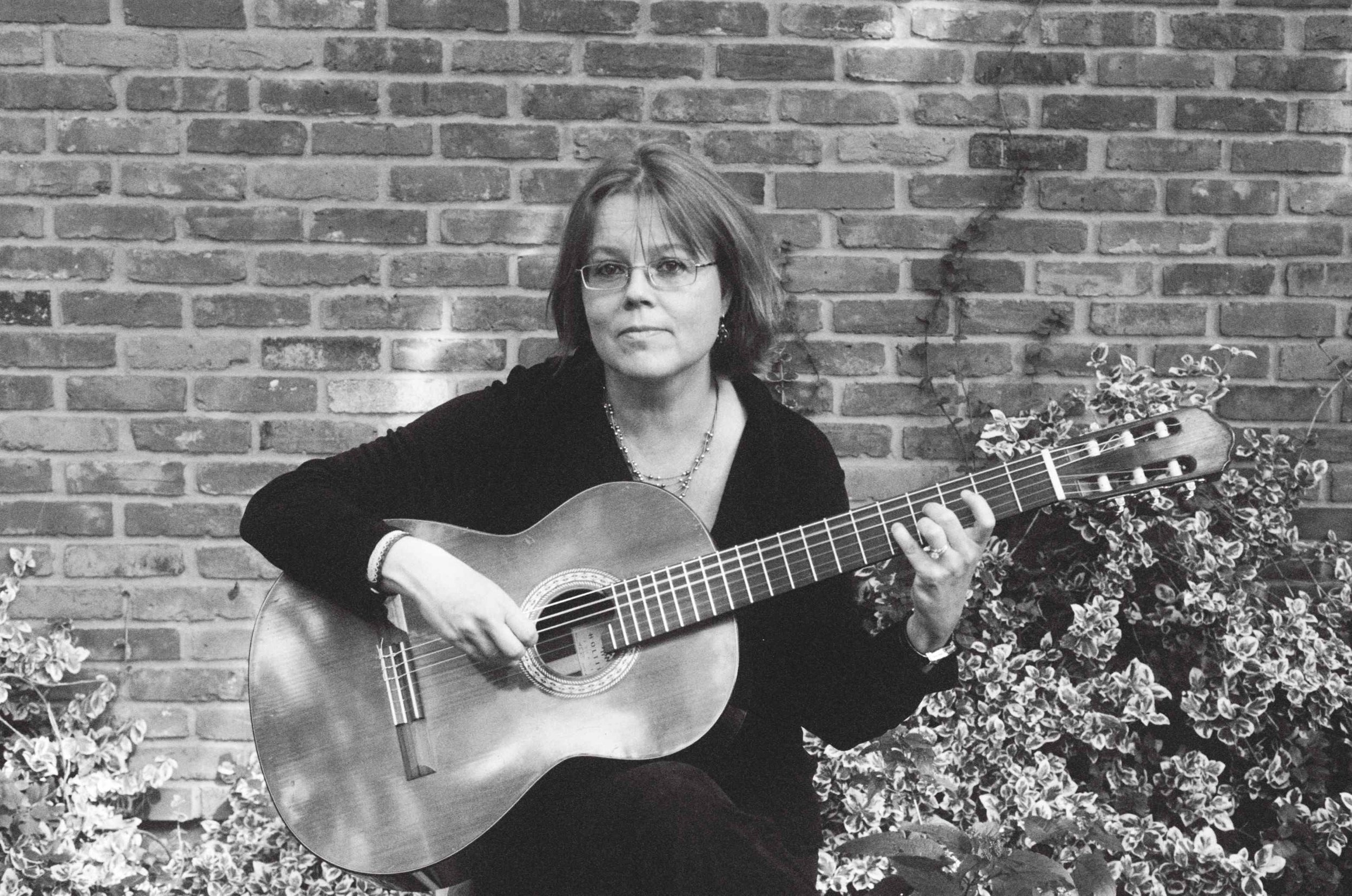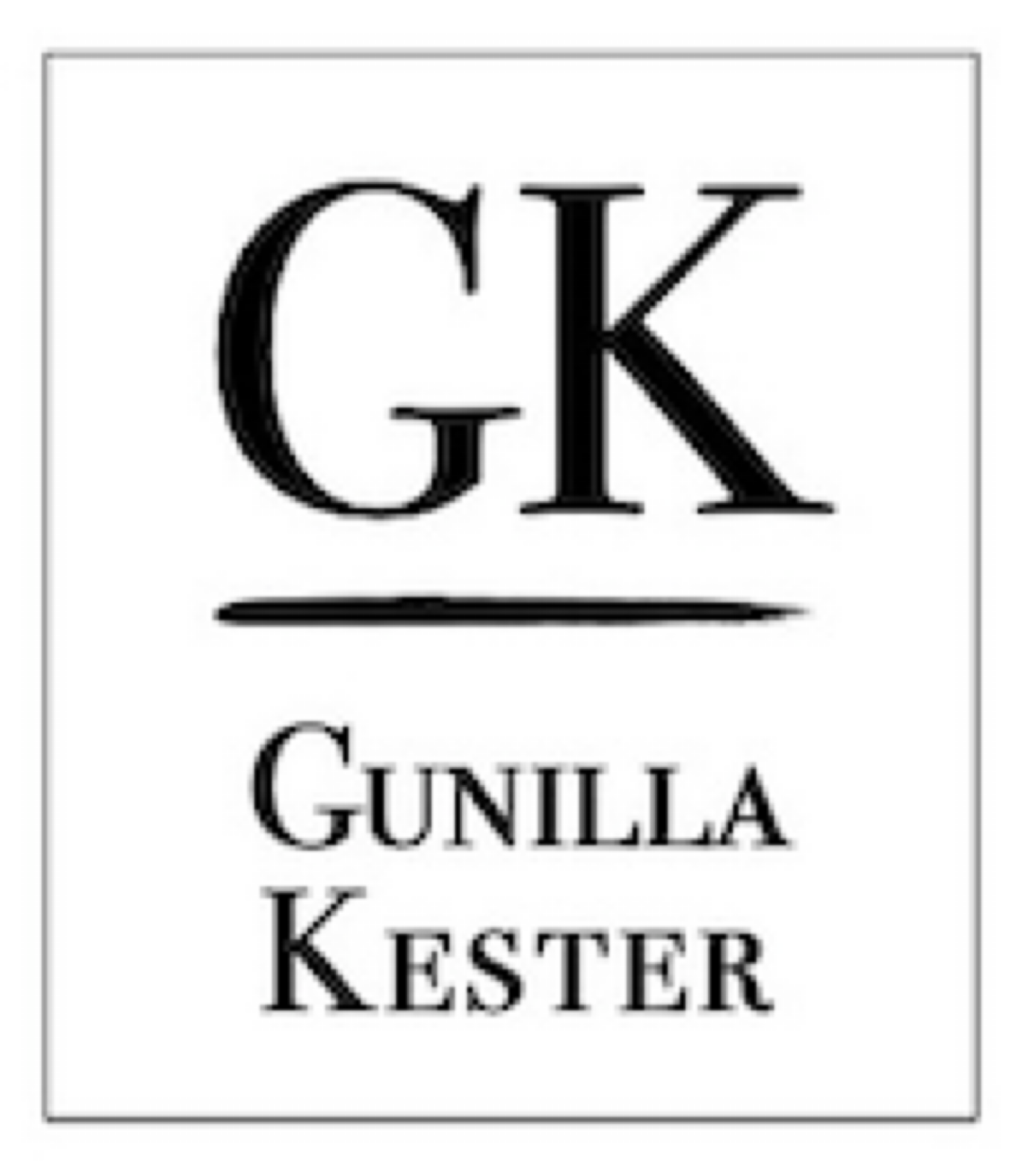
I came to music relatively late in life. I always craved music, but I never thought I would work as a musician or a music teacher. My father made it quite clear, “Get into a field where you can support yourself.” But in 1998 when Steven Bianchi, founder and principal, at The Amherst School of Music invited me to join his consortium of music teachers, I never hesitated.
Music is such a universal language, one we really need in our increasingly balkanized and globalized world. To young and old alike, music teaches great skills of listening, patience, and setting long-term goals. Although some students may be more gifted or able, music really is for everyone, especially since we live in an age of increased mass-production and mass-consumption of art, an age when any personal, individual, authentic artistic expression has value in and of itself.
I have taught many students with learning and academic disabilities. I have taught a student who was nearly totally deaf in both ears. I have taught students as young as five and as old as eighty-five. The challenges are different, but the pursuit of music and the pleasure derived from it are remarkably alike.
I tell my students that music can become their best friend—at times a difficult and demanding friend perhaps—but a true friend for life nonetheless.
My Journey to the Guitar
One of my earliest memories is telling my Grandmother Anna, a remarkably accomplished pianist and piano teacher, that I wanted to become a conductor. I was four or five years old and pictured myself in a gorgeous blue dress with a wide skirt in front of the orchestra. My Grandmother was kind and gentle, but she said. “Gunilla, there are no female conductors.” Now, every time I go to hear the Buffalo Philharmonic Orchestra and Joanne Falletta is conducting, I think of my Grandmother and tell her: “See, we have made some progress in the world since your time!”
There weren’t any female guitarists either, but my father owned a pretty good nylon-stringed guitar, so when I began to realize that I would never become as good a pianist as my older sister, Clara, I started to teach myself the guitar. Sweden had very good music education in the public school system and a decent after school music program as well. The expense of private lessons was out of the question, but the community program was free and only required a year of studying the recorder before you could pick your instrument. I chose guitar, but the program was full, which left me with three options—quit, pick another instrument, or take another year of recorder hoping for better luck next year. I played Bass and Alto Recorders in the school orchestra that year. When the time came around for applying again, I put down both clarinet and guitar, because I was tired of the recorder. Since they had more applicants than places they resorted to lottery as they felt that system of selecting students was more fair and democratic than any other. Sweden, after all, was a socialist country and such considerations as talent, knowledge, or aptitude were not considered democratic.
I lucked out and got accepted into the guitar program. The teacher, Mr. Istvan Dunai, was a refugee from Hungary. His principal instrument was violin. He also taught piano. He was kind and strict. His main saying was: “The notes must be long as sausages.” With his Hungarian accent, he stretched the vowels. I never learned how to count music properly, but I felt sympathy for a man who must have gone hungry for years.
When I came to America as a Fulbright Scholarship exchange student in 1982, I was amazed and intrigued at how positive and encouraging everybody was. I met some fantastic mentors who helped me tremendously and that is the relationship I want with my students. I try to make them feel welcome and provide a learning environment free from stress and pressure.
The goal is always the music. It doesn’t matter what you play; only how you play is of importance. Play at whatever level you are at and play it as well as you can. I tell students what Segovia said about failing in a recital or concert: The sun goes up the next day. It is not the end of the world.
By the time I came to America, it was a bit late to pursue music as a profession (I was 24), but I did wander into the music department at Penn State and managed to talk the young guitar teacher, Mark Maxwell, into taking me on as a non-major. He was very patient and encouraging. When I went to Chapel Hill to pursue a doctorate in Literature, I ventured into the music building and asked William Stewart for lessons. He was adamant that he could not possibly take on any more non-majors. Disappointed, I tapped on the doorpost. “Do you play?” he asked. Intimidated, I only nodded. “Show me,” he said and virtually threw this huge, black guitar at me. I played the “Romanza,” and I was accepted. I played for Billie (as we called him) for years and participated in his ensembles, duets, quartets, and one year we even had a 12-member ensemble of classical guitars!
For about eight years I studied with Professor James Piorkowski, Chair of the Guitar Department at Fredonia University. His studio is a calm and concentrated space and his motto is written on the wall above the window: “Excellence is a matter of choice.”
We moved to Buffalo, NY, because my husband got a job here. Once my daughters were in school I had less to do, I called The Amherst School of Music to find a guitar teacher. I was put in contact with Guitar Virtuoso Mir Ali in 1996 and have continued to study with him ever since—more than 26 years!
Mir made me Vice President of The Buffalo Guitar Society in 1997 and I have continued to assist with the planning and execution of the Rantucci International Guitar Festival and Competition. Because of Mir Ali, I have performed in Master Classes with such fantastic guitarists as Stanley Yates, Stephen Aron, the late John Holmquist, Luis Zea, Nicholas Goluses, and the Pearl and Gray Guitar Duo.
Click here to listen: Guitar Solo
Etude in B Minor
Cantor Susan Wehle and Gunilla Kester, recording Songs of Healing & Hope
-
Vocals: Cantor Susan Wehle
Guitar: Dr. Gunilla Theander Kester
Classical Guitar Arrangements: Mir Ali and Gunilla Theander Kester
Recording Engineer & Angel: Robert J. Besant
Song Sequencing: Marilyn Barber
Printing: Century Printing and Graphics, Inc.
Duplicating: DPS Video
Cover Design and Art: N.Jo Tufts
Songs of Healing & Hope
Susan Wehle, who served as Cantor to the Temple Beth Am community in Williamsville, NY, said she was inspired by her hospital visits and wanted a CD with the feeling that she was sitting right next to an ill or dying person singing and praying just for him or her. The intimate and soothing sound of voice and guitar blending in what Susan's voice teacher of many years, Marilyn Barber, describes as "a duet" fulfills her vision. A teacher of the guitar at The Amherst School of Music, Dr. Kester also serves as Vice President of the Buffalo Guitar Society. She says that she was happy to be able to work with Susan. "Many people have never heard classical guitar and yet it has such a beautiful tone and resonance. The sweet mixture of voice and guitar is hard to resist.
Until her tragic death on February 12, 2009, Susan Wehle served as Cantor to the Temple Beth Am community of Buffalo, New York. She was ordained by Aleph: the Movement for Jewish Renewal, and was a member of Aleph as well as the Union for Reform Judaism. This CD is dedicated to Susan's parents, Hana and Kurt Wehle, of blessed memory.
Read Susan’s thoughts on the CD here.
To order "Songs of Healing & Hope
send a check for $20 to:
Gunilla Kester
104 Deer Run Road
Williamsville, NY 14221
Contact below:





